#solarpunk architecture
Text




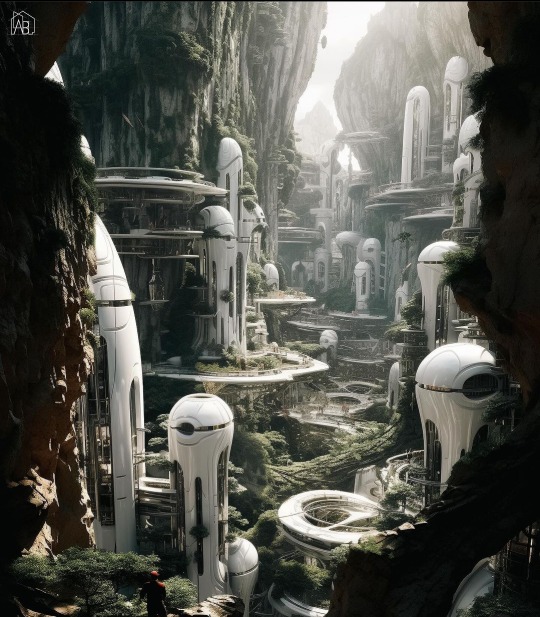


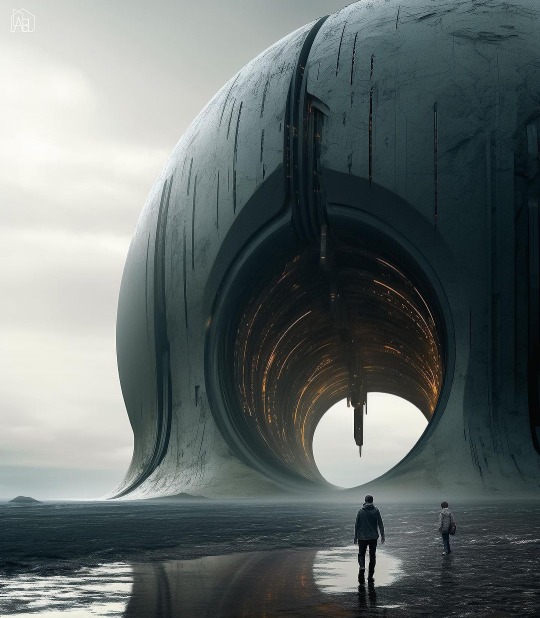
By archibible
#nestedneons#cyberpunk#cyberpunk art#cyberpunk aesthetic#cyberpunk artist#art#cyberwave#megacity#futuristic city#scifi#solarpunk#solarpunk art#solarpunk architecture#solarpunk aesthetic#ai art#ai artwork#ai artist#aiartcommunity#thisisaiart#brutalist#brutalism#brutalist architecture#retro futurism#retrofuture#retro aesthetic#retrowave
603 notes
·
View notes
Text
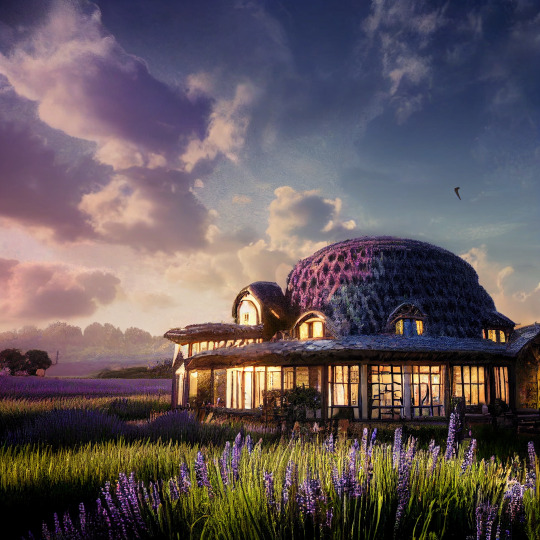
Solarpunk cottage in a lavender field
#solarpunk architecture#solarpunk art#solarpunk#art#ai#lavenderflowers#lavender field#lavender#midjourney art#midjourney#organic architecture#sustainable architecture#architecture#rural#farm life#cottage vibes#cozy cottage#country cottage#cottagecharm#cottagecore#digital art
61 notes
·
View notes
Text
53K notes
·
View notes
Text
"With “green corridors” that mimic the natural forest, the Colombian city is driving down temperatures — and could become five degrees cooler over the next few decades.
In the face of a rapidly heating planet, the City of Eternal Spring — nicknamed so thanks to its year-round temperate climate — has found a way to keep its cool.
Previously, Medellín had undergone years of rapid urban expansion, which led to a severe urban heat island effect — raising temperatures in the city to significantly higher than in the surrounding suburban and rural areas. Roads and other concrete infrastructure absorb and maintain the sun’s heat for much longer than green infrastructure.
“Medellín grew at the expense of green spaces and vegetation,” says Pilar Vargas, a forest engineer working for City Hall. “We built and built and built. There wasn’t a lot of thought about the impact on the climate. It became obvious that had to change.”
Efforts began in 2016 under Medellín’s then mayor, Federico Gutiérrez (who, after completing one term in 2019, was re-elected at the end of 2023). The city launched a new approach to its urban development — one that focused on people and plants.
The $16.3 million initiative led to the creation of 30 Green Corridors along the city’s roads and waterways, improving or producing more than 70 hectares of green space, which includes 20 kilometers of shaded routes with cycle lanes and pedestrian paths.
These plant and tree-filled spaces — which connect all sorts of green areas such as the curb strips, squares, parks, vertical gardens, sidewalks, and even some of the seven hills that surround the city — produce fresh, cooling air in the face of urban heat. The corridors are also designed to mimic a natural forest with levels of low, medium and high plants, including native and tropical plants, bamboo grasses and palm trees.
Heat-trapping infrastructure like metro stations and bridges has also been greened as part of the project and government buildings have been adorned with green roofs and vertical gardens to beat the heat. The first of those was installed at Medellín’s City Hall, where nearly 100,000 plants and 12 species span the 1,810 square meter surface.
“It’s like urban acupuncture,” says Paula Zapata, advisor for Medellín at C40 Cities, a global network of about 100 of the world’s leading mayors. “The city is making these small interventions that together act to make a big impact.”
At the launch of the project, 120,000 individual plants and 12,500 trees were added to roads and parks across the city. By 2021, the figure had reached 2.5 million plants and 880,000 trees. Each has been carefully chosen to maximize their impact.
“The technical team thought a lot about the species used. They selected endemic ones that have a functional use,” explains Zapata.
The 72 species of plants and trees selected provide food for wildlife, help biodiversity to spread and fight air pollution. A study, for example, identified Mangifera indica as the best among six plant species found in Medellín at absorbing PM2.5 pollution — particulate matter that can cause asthma, bronchitis and heart disease — and surviving in polluted areas due to its “biochemical and biological mechanisms.”
And the urban planting continues to this day.
The groundwork is carried out by 150 citizen-gardeners like Pineda, who come from disadvantaged and minority backgrounds, with the support of 15 specialized forest engineers. Pineda is now the leader of a team of seven other gardeners who attend to corridors all across the city, shifting depending on the current priorities...
“I’m completely in favor of the corridors,” says [Victoria Perez, another citizen-gardener], who grew up in a poor suburb in the city of 2.5 million people. “It really improves the quality of life here.”
Wilmar Jesus, a 48-year-old Afro-Colombian farmer on his first day of the job, is pleased about the project’s possibilities for his own future. “I want to learn more and become better,” he says. “This gives me the opportunity to advance myself.”
The project’s wider impacts are like a breath of fresh air. Medellín’s temperatures fell by 2°C in the first three years of the program, and officials expect a further decrease of 4 to 5C over the next few decades, even taking into account climate change. In turn, City Hall says this will minimize the need for energy-intensive air conditioning...
In addition, the project has had a significant impact on air pollution. Between 2016 and 2019, the level of PM2.5 fell significantly, and in turn the city’s morbidity rate from acute respiratory infections decreased from 159.8 to 95.3 per 1,000 people [Note: That means the city's rate of people getting sick with lung/throat/respiratory infections.]
There’s also been a 34.6 percent rise in cycling in the city, likely due to the new bike paths built for the project, and biodiversity studies show that wildlife is coming back — one sample of five Green Corridors identified 30 different species of butterfly.
Other cities are already taking note. Bogotá and Barranquilla have adopted similar plans, among other Colombian cities, and last year São Paulo, Brazil, the largest city in South America, began expanding its corridors after launching them in 2022.
“For sure, Green Corridors could work in many other places,” says Zapata."
-via Reasons to Be Cheerful, March 4, 2024
#colombia#brazil#urban#urban landscape#urban planning#cities#civil engineering#green architecture#green spaces#urban heat#urban heat island effect#weather#meteorology#global warming#climate change#climate hope#climate optimism#climate emergency#climate action#environment#environmental news#city architecture#bicycling#native plants#biodiversity#good news#hope#solarpunk#ecopunk#hopepunk
13K notes
·
View notes
Photo

「 COSMICUS STATION 」
#sebastian#oc#fursona#godbirdart#godbird#2023#anthro#furry#trees#city#buildings#solarpunk#art#digital#april#Architecture
2K notes
·
View notes
Photo

Invisible Solar
Invisible Solar is a new PV technology that take on the appearance of any building material. Each Invisible Solar module is more than a photovoltaic panel, it also is an active architectural element with various functionality.
Disguising solar panels as ancient Roman tiles in Pompeii

"They look exactly like the terracotta tiles used by the Romans, but they produce the electricity that we need to light the frescoes," says Gabriel Zuchtriegel, Director of the Archaeological Park of Pompeii. This solution is part of a more comprehensive strategy to turn costs into savings opportunities and to embrace sustainable development.
Technically called "traditional PV tiles", the invisible solar panels used in Pompeii come from Camisano Vicentino, a little Italian town with slightly more than 10 000 inhabitants, halfway between Padua and Vicenza. They were created and patented by the family business Dyaqua.

How They Work

Operating of Invisible Solar modules is based on the low molecular density. Each module is composed of a non-toxic and recyclable polymeric compound we properly developed to encourage the photon absorption.
Inside the module there are incorporated standard monocrystalline silicon cells. The surface, that is opaque at the sight but translucent to sun rays, allows the light to enter and feed the cells.
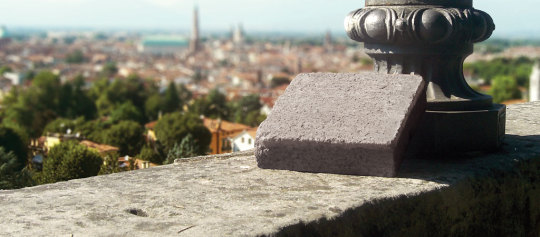
Oh my goodness.
Solar voltaic’s designed for historic contexts that offers architectural and aesthetic integration?
AND they are already installed in Pompeii and not marketing vapourware?
AND they are made by a small Italian family business?
Be still my beating solarpunk heart 🥰 ☀️
via @stml in a forum.
#solarpunk#solar punk#solar power#voltaics#solar panels#terracotta#pompeii#renewables#solar energy#Aesthetic#Architecture
3K notes
·
View notes
Text


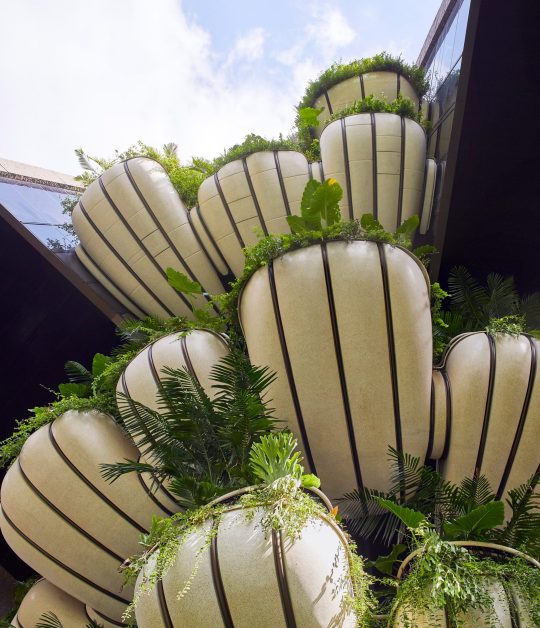

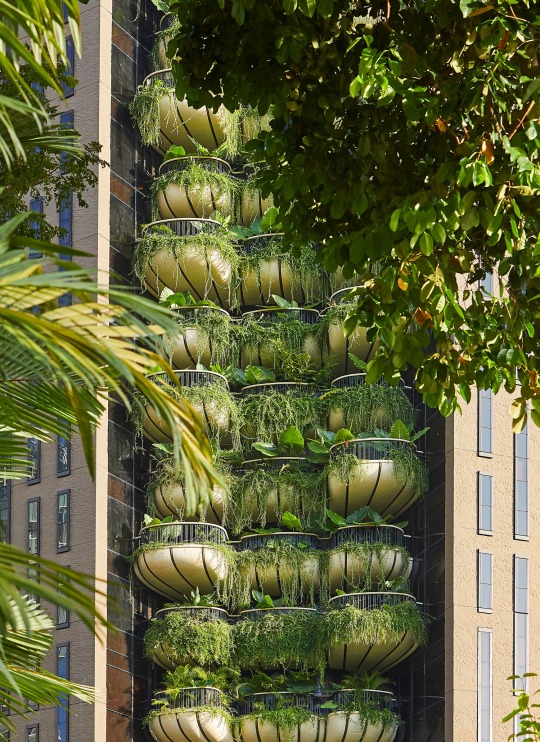

A little solarpunk inspiration for your afternoon, p'raps? And, yes, it's real. This is not AI.
EDEN tower in Singapore (streetview)
#solarpunk#modern architecture#contemporary architecture#plants everywhere#i really like this#can we get affordable places like this in my country?#please?
704 notes
·
View notes
Text
Peak solarpunk aesthetic isn't just massively incorporating plants into urban cities, it's making ART with it.
I want to turn New York into Rivendell from lord of the rings.
560 notes
·
View notes
Text



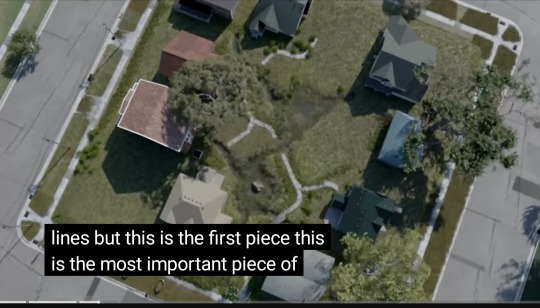

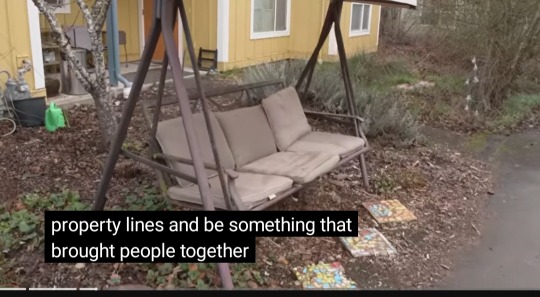

youtube
#city planning#permaculture#solarpunk#functional supply chains#architecture#suburban planning#futurism#Youtube
440 notes
·
View notes
Text










By Harvey Brown
#nestedneons#cyberpunk#cyberpunk art#cyberpunk aesthetic#cyberpunk artist#art#cyberwave#megacity#futuristic city#scifi#solarpunk#solarpunk architecture#scifi art#scifi architecture#scifi aesthetic#ai art#ai artist#ai artwork#aiartcommunity#thisisaiart
519 notes
·
View notes
Text
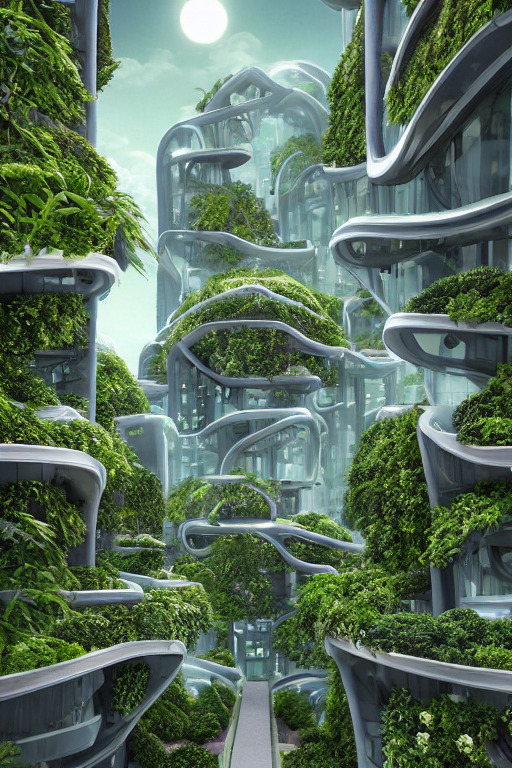
Solarpunk towers
#solarpunk architecture#solarpunk art#solarpunk#tower#urban landscape#urban fantasy#art#ai#stable diffusion art#stable diffusion#dreamup art#dreamup#digital art#sci fi architecture#fantasy architecture#sci fi & fantasy#fantasy art#fantasy#sci fi art#organic architecture#greenery
41 notes
·
View notes
Text

Id rather glowing pathways with stones in them lined with herbs and food
Id rather cool and comfy bus stations with swings built to be sat in
Id rather color and glowing lights!
275 notes
·
View notes
Text
Solarpunks, we gotta talk trees!
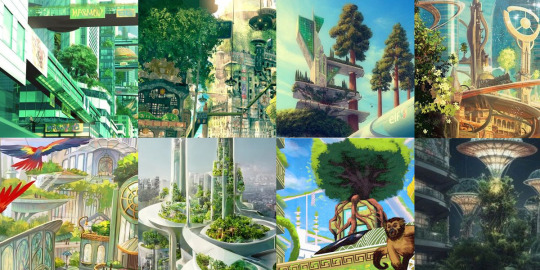
Forgive me for sampling some artwork here, but I am trying to make a point.
It is kinda the reason why I often find myself a bit annoyed with the people vibing with solarpunk only as an aesthetic and not as a movement. (Which again, it is.) And it is petty. It is super petty. But given that I see places like Singapore doing this in real life chasing this aesthetic someone needs to say it:
Trees do not belong on houses. Or into houses. It is a horrible, horrible idea. For the tree. And for the house.
Trees root. And trees grow. First of all: For every tree you see, there is about as much tree beneat it in form of roots. This is what it is supposed to look like:

The roots are very important to the tree because it is how the tree is getting its nutrients. They are also, what prevents the tree from topling over. (Not to mention that forest root networks allow trees to kinda sorta communicate with each other.)
But if you put a tree onto a house, it cannot root deep. Which means, it cannot get as many nutrients - and also is not as safe as it is supposed to be.
There are basically two scenarios here: Either the tree dies or the tree goes "fuck this shit" and roots through your roof. And yes, trees can do that. In which case your building is kinda fucked.
So, yeah. Please. Do not put trees on roofs.
Also, do not build houses around a tree if you wanna keep the house, because trees grow - not only in height, but also in width. Again, the tree will either die or it will win. Both suck for your house.
There are other plants you can put on houses. Grasses, Mosses and a lot of climbing plants like ivy make for great house greenery, that help keep the house cool. In more than one way.

#solarpunk#solarpunk aesthetic#please do not put trees on houses#biology#architecture#trees and forests#greenery
239 notes
·
View notes
Text


Cloud Forest, Singapore.
58 notes
·
View notes
